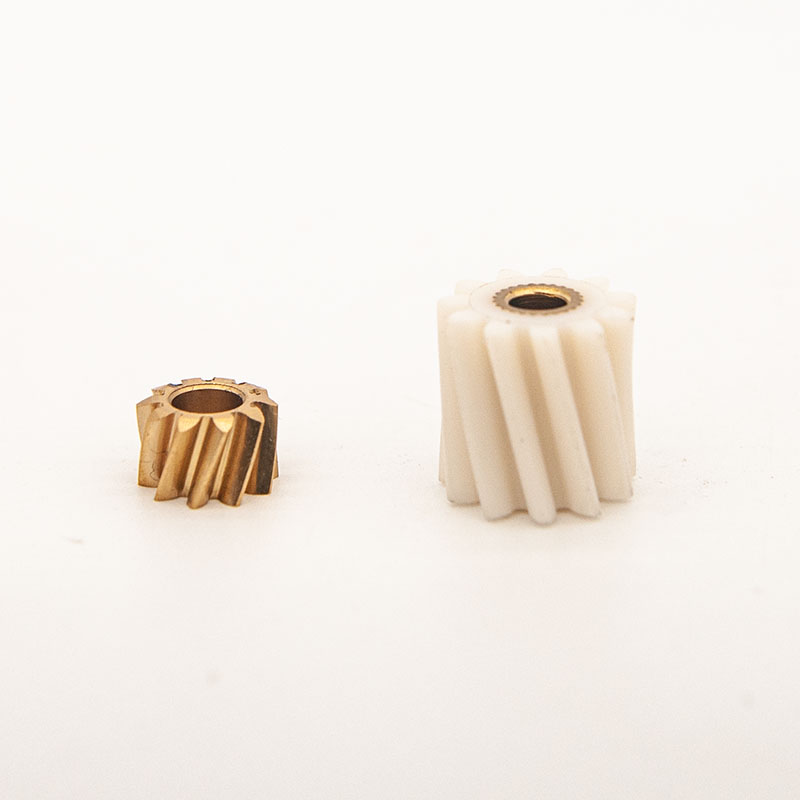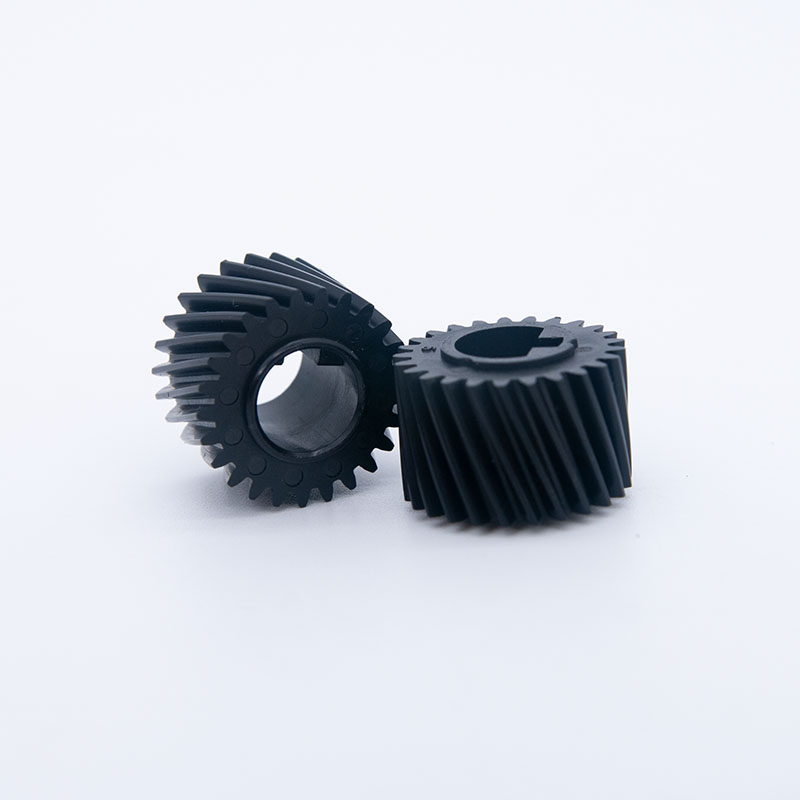Commonly used modules of gears - How to choose the module of gears in design?
The influence of gear module on transmission accuracy (output torque curve) is almost the first. Within a certain range, the smaller the module, the higher the transmission accuracy, and the larger the module, the higher the gear strength.
Differences in gear materials (metal/plastic): The designs of metal/plastic gears are very different. Different materials (modulus, yield limit) have very different output torque curves, but the force (tooth surface/tooth root) is regular. The difference is very small. The module generally only affects the force on the tooth root and does not affect the force on the tooth surface.
The design should consider:
1. The influence of module on transmission accuracy (no friction)
2. Effect of friction on transmission accuracy
3. The influence of module on transmission accuracy (with friction)
4. Effect of module on tooth surface/tooth root strength
Generally speaking, the larger the module, the higher the tooth root strength and the lower the tooth surface strength (but the reduction is very small), and vice versa. Gear design often only needs to consider the influence of the module on tooth root strength, and the design is completed. Then check the tooth surface strength.
The process given for gear design is to first calculate the module based on the contact strength, then calculate the module based on the bending strength, and select a smaller module under the condition that the bending strength is met.
National standard module (GB1357-78)
Module standard series (preferred) 1, 1.25, 1.5, 2, 2.5, 3, 4, 5, 6, 8, 10, 12, 14, 16, 20, 25, 32, 40, 50
Module standard series (optional) 1.75, 2.25, 2.75, 3.5, 4.5, 5.5, 7, 9, 14, 18, 22, 28, 36, 45
Module standard series (use as little as possible) 3.25, 3.75, 6.5, 11, 30




